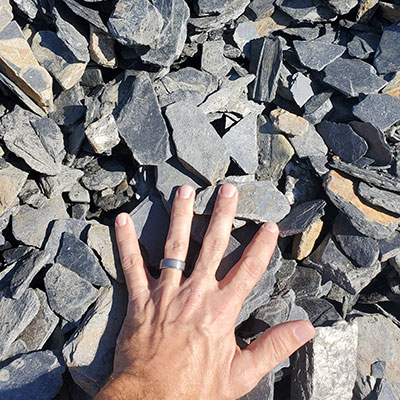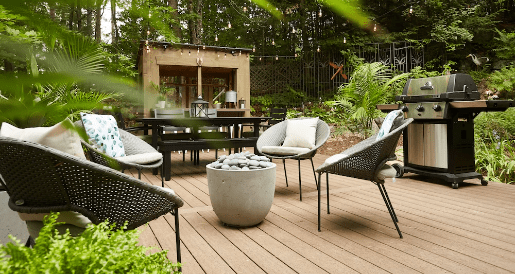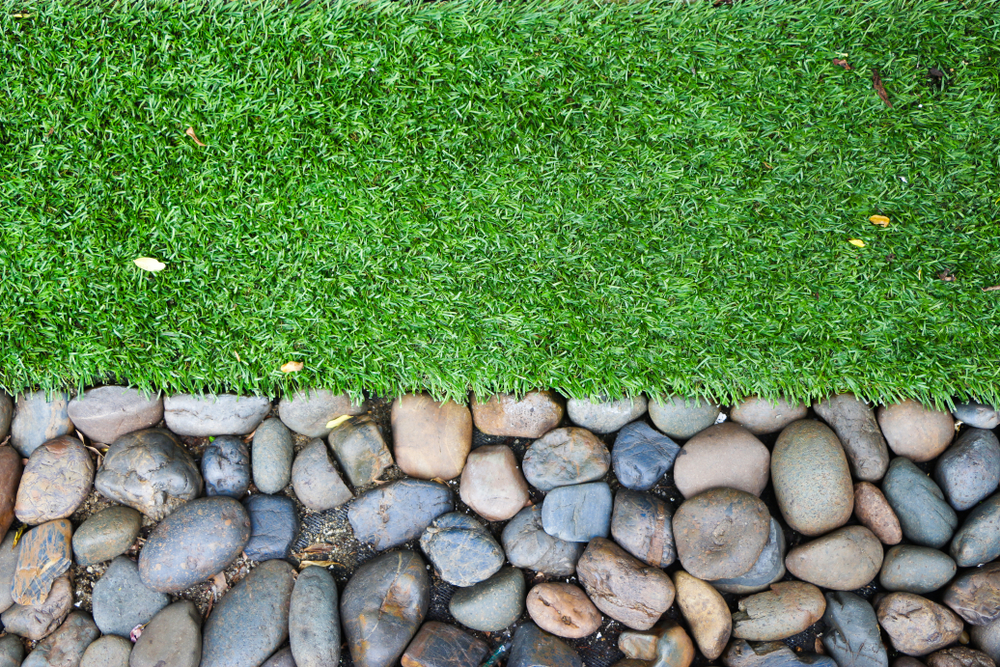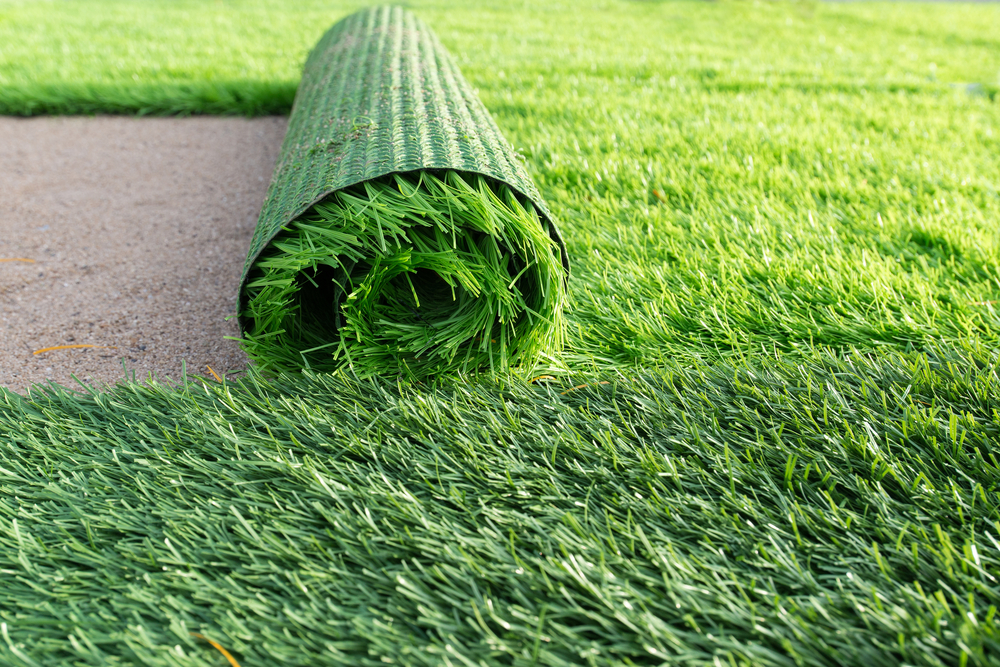How to Care for Slate Rock
Slate rock can make an exquisite addition to any landscaping design, offering both rugged beauty and longevity. However, for it to maintain its natural charm and stay beautiful for many years to come, proper care must be taken to maintain it properly.
Understanding the essential steps necessary for selecting and maintaining slate rock is vital. Here is our comprehensive guide that outlines these crucial steps so you can keep your stone in pristine condition. Discover how to select high-quality slate rock, strategically place it in your landscape, and implement routine cleaning and maintenance routines. Discover the importance of sealing slate rock to prevent and protect weed growth during extreme weather conditions. With these expert tips, you can confidently care for and enjoy its timeless charm in outdoor living environments.
1. Selecting High-Quality Slate Rock
Selecting high-quality slate rock is essential to prolonging its longevity and maintaining its natural beauty in landscaping applications. When selecting slate rocks, inspect each piece closely for signs of cracking, chips or weathering, which could indicate the lower quality or potential weaknesses in its construction – choose durable yet defect-free rocks for optimal results.
Check the colour and texture of slate rock to ensure it complements your landscape’s overall design scheme. Quality slate rocks feature vibrant hues with interesting textures for increased visual appeal in landscape settings.
By investing in high-quality slate rock, you can be assured that it will stand the test of time while maintaining its aesthetic appeal, adding value to your landscaping design and creating a distinctive feature in your outdoor space. Take the time to select only high-grade slate rocks, as this will help ensure an enduring addition to your outdoor space.
2. Proper Placement
Proper placement of slate rocks is essential to creating an aesthetically pleasing and functional landscaping design. When selecting the ideal spot, consider your outdoor space’s layout and flow as well as its size, shape and colour in relation to nearby features like plants, trees or hardscape elements.
As a slate rock must be securely and steadily placed, this step will prevent accidents or movements which could damage it and pose safety threats. When considering drainage patterns for your yard, ensure proper water runoff to prevent pooling around it, which could eventually cause its degradation over time.
By carefully planning and placing slate rock, you can use it to create focal points, define pathways, and enhance the visual appeal of your landscaping boulders. Experiment with various arrangements and positions until you find one that perfectly complements your outdoor space.
3. Regular Cleaning and Maintenance
Maintaining the appearance of slate rocks requires ongoing cleaning and maintenance. Over time, dirt, debris, and organic matter may accumulate on their surfaces, diminishing their natural beauty and detracting from their overall aesthetic appeal. To combat this risk, a routine cleaning schedule must be established.
Start by using a soft brush or broom to gently sweep away loose dirt, leaves, and other debris from the surface of the slate rock. This will maintain its clean look while helping prevent staining or damage that could stain or discolour its surface. Avoid using harsh tools or chemicals that could further scratch or discolour it.
If your slate rock contains discolourations or stains, a mild detergent mixed with water should help clean them effectively. Scrub gently using a soft-bristled brush or sponge and focus specifically on areas affected by discolouration; rinse well afterwards with clean water to eliminate any residue left behind.
As part of your slate rock’s routine maintenance routine, inspecting it for signs of damage or deterioration is essential. Check for cracks, chips or loose pieces and address them immediately; for significant issues, it’s wise to consult a landscaper or stone specialist for repairs.
Including regular cleaning and maintenance into your slate rock care routine will preserve its natural beauty while prolonging its use within landscaping designs.
4. Sealing the Slate Rock
Properly sealing your slate rock is crucial for preserving its beauty and protecting it from potential damage. Sealing creates a protective barrier that helps prevent water absorption, staining, and the effects of weathering. Before applying a sealer, ensure the slate rock is clean and dry. Use a high-quality slate sealer specifically designed for outdoor use, following the manufacturer’s instructions for application.
First, remove dirt, debris, or loose particles from the rock’s surface. Apply the sealer evenly using a brush, roller, or sprayer, covering all exposed areas. Allow the sealer to penetrate the slate rock for the recommended time, typically around 15-30 minutes. Then, wipe off any excess sealer with a clean cloth or sponge.
For optimal protection, consider applying multiple coats of sealer, allowing each coat to dry completely before applying the next. Reapply the sealer as the manufacturer recommends to maintain its effectiveness over time.
By sealing your slate rock, you’ll enhance its natural colours, prolong its lifespan, and safeguard it against moisture-related issues, ensuring that your landscaping boulders remain visually stunning and well-preserved.
5. Preventing Weed Growth
Preventing weed growth around your slate rock is essential to creating a clean, polished landscape design. An effective strategy is installing a weed barrier or landscape fabric beneath the rock; this blocks sunlight and provides a physical barrier, thus significantly reducing weed growth and requiring less maintenance overall. Furthermore, regularly inspect the area around your slate rock for any weeds or vegetation growth that might disrupt its beauty; take proactive steps such as regularly inspecting it so any unsightly growth is quickly removed to keep its focal point as the focus of your landscaping design without interfering from unsightly weeds!
6. Protecting Slate Rock in Harsh Weather
Slate rock can be highly durable but still susceptible to the elements, and this requires proper precautions when dealing with extreme climates. Proper drainage must be in place during freezing temperatures to prevent pooled and frozen water from freezing on its surface and cracking, leading to cracks or damage. Furthermore, using salt or ice melt products near slate rock may cause chemical reactions or erosion; moreover, consider covering delicate or vulnerable pieces during severe storms or hail to shield them from potential harm and ensure their long-term integrity. These measures will help safeguard slate rock’s long-term integrity!
7. Professional Assistance
If you need more clarification about caring for your slate rock or have extensive landscaping boulders, it’s advisable to seek professional assistance. Experienced landscapers can provide expert advice, guidance, and maintenance services to ensure your slate rock remains in optimal condition.
Incorporating slate rock into your landscaping design can add a touch of natural elegance and durability. By following these essential tips for caring for slate rock, you’ll maintain its beauty and longevity, creating a stunning outdoor space that will be enjoyed for years.





